The post Unveiling the Hidden Gems of South American Beaches appeared first on Into Latina America.
]]>Playa Los Frailes, Ecuador
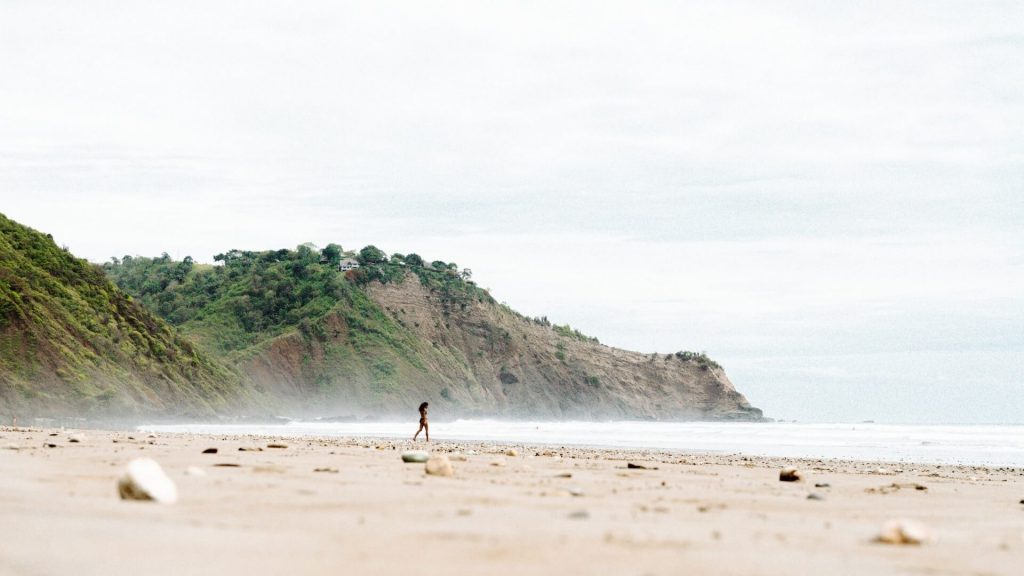
Nestled within the pristine confines of Machalilla National Park on Ecuador’s Pacific coast lies Playa Los Frailes, a hidden gem often overshadowed by its more famous counterparts. This idyllic crescent of powdery white sand dazzles with its crystal-clear waters, perfect for swimming, snorkeling, or simply basking in the sun’s embrace. The enchanting aspect of Playa Los Frailes is its lack of commercialization. You won’t find bustling hotels or trendy restaurants here. Instead, to reach this secluded paradise, you’ll embark on a scenic hike through the park’s lush trails. The effort is more than rewarded when you discover this untouched slice of heaven.
Here, you’ll find abundant marine life, making it an excellent spot for snorkeling. The surrounding cliffs and forests offer excellent hiking opportunities. Birdwatchers will delight in spotting a variety of avian species, including frigatebirds and blue-footed boobies.
Bahia Inglesa, Chile

For those seeking serenity away from the tourist hordes, Bahia Inglesa on Chile’s northern coast is a revelation. This hidden gem features warm, tranquil waters framed by a backdrop of golden dunes. It’s an oasis of tranquility, ideal for those yearning to relax and unwind amidst nature’s beauty. The nearby town is small and charming, offering delectable fresh seafood and a taste of authentic Chilean coastal life. If you yearn for a more peaceful and laid-back beach experience, consider Bahia Inglesa a true hidden treasure.
Bahia Inglesa is known for its “playas” or coves, each with its unique charm. Playa Blanca, with its fine white sand, is a favorite for sunbathing. Meanwhile, Playa La Piscina offers calm, shallow waters perfect for swimming and snorkeling.
Praia do Estaleiro, Brazil
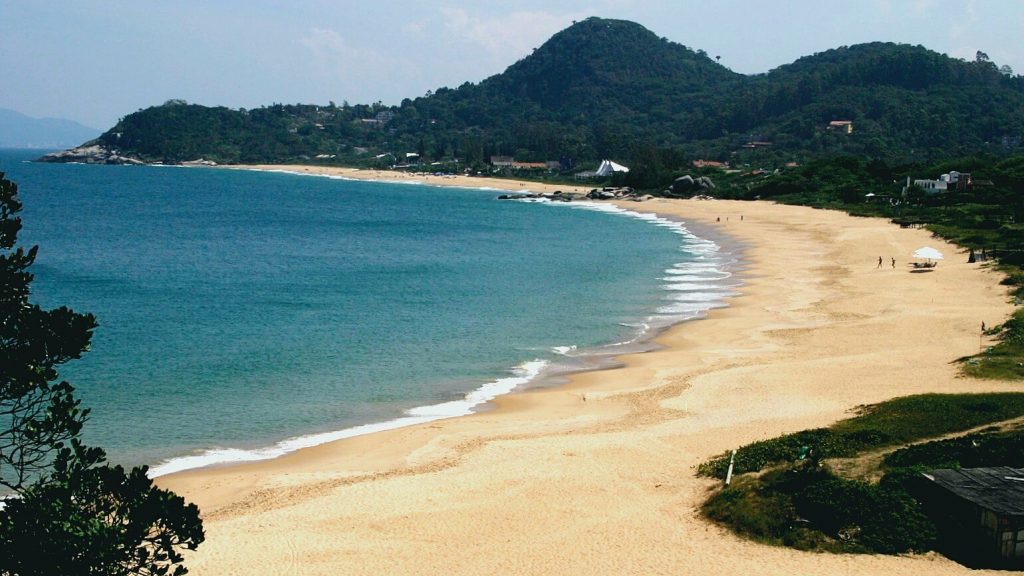
Brazil may be famous for its iconic beaches, but Praia do Estaleiro remains a well-kept secret, cherished by surfers in the know. Nestled in the southern state of Santa Catarina, this beach offers consistently excellent waves and a rugged, untamed beauty. Towering cliffs and lush Atlantic rainforest provide a picturesque backdrop. “What sets Praia do Estaleiro apart is its laid-back atmosphere and the relative solitude it offers in contrast to the bustling beaches of Rio de Janeiro.” After an exhilarating day of surfing, indulge in fresh seafood at the local beachside bars.
Praia do Estaleiro is part of the Itapema region, known for its vibrant nightlife. So, when you’re not riding the waves, you can enjoy the lively beachfront scene.
Cabo Polonio, Uruguay
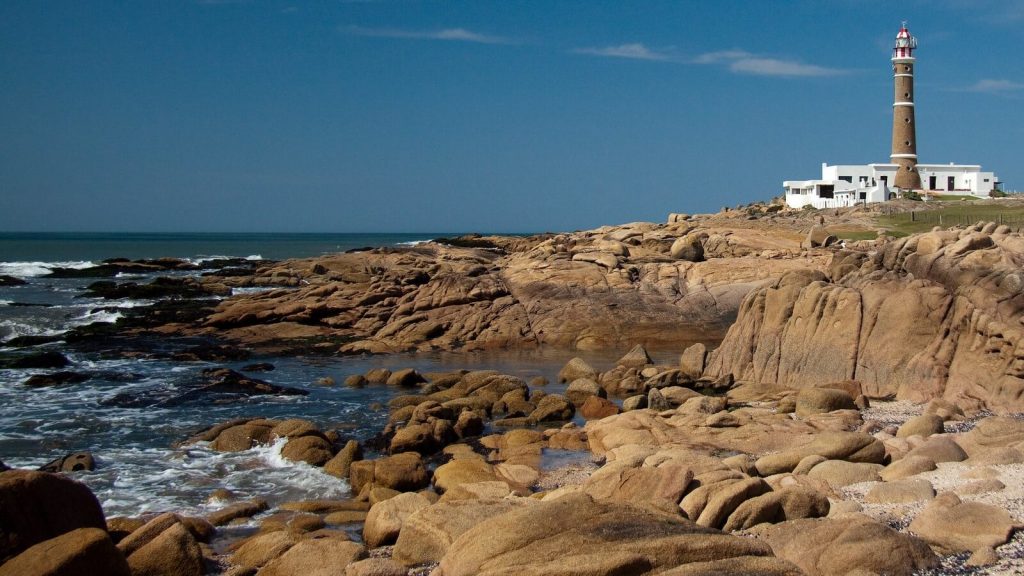
Cabo Polonio takes the concept of hidden gems to another level; it’s practically off the grid. This remote beach, located on Uruguay’s eastern coast, is a designated national park with no paved roads, no electricity, and no conventional accommodations. Instead, visitors choose between rustic cabins or the unique experience of camping beneath the star-studded sky. Cabo Polonio is a place to truly disconnect, unwind, and immerse yourself in the untouched beauty of nature. The beach is untouched, the night skies are pristine, and the sense of serenity is unmatched.
The lack of electricity means you’ll rely on candlelight, creating a magical, romantic atmosphere. The area is also home to a diverse array of wildlife, including sea lions and native plants.
Las Peñitas, Nicaragua
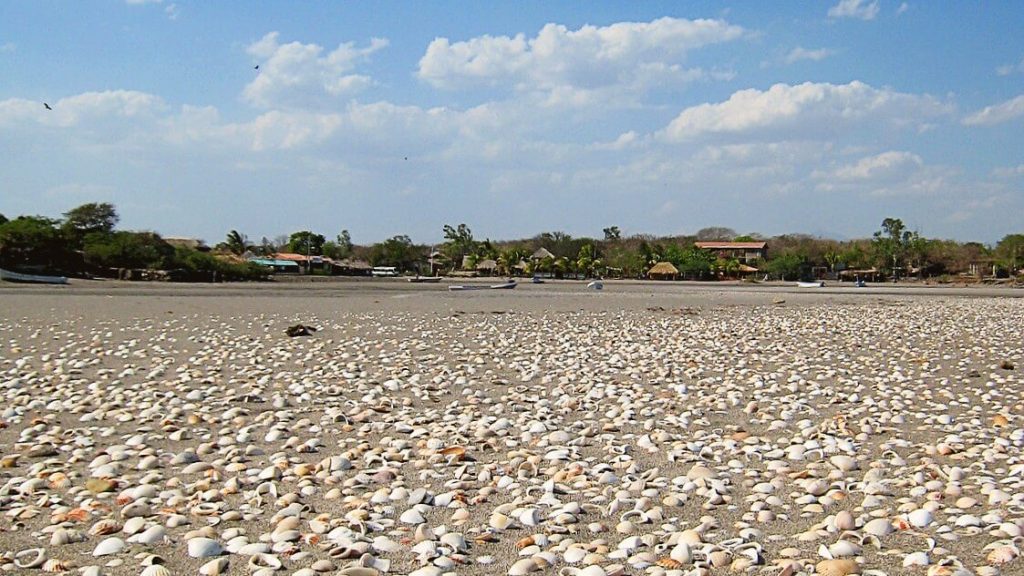
While Nicaragua’s Pacific coast is gaining popularity among surfers, Las Peñitas remains relatively undiscovered by mainstream tourism. This quaint fishing village is blessed with consistent waves and a relaxed, unpretentious atmosphere. It’s a perfect destination for both novice surfers looking to catch their first waves and seasoned riders seeking to ride the swells. After a fulfilling day of surfing, unwind with a cold beverage and savor fresh seafood at one of the rustic beachside shacks.
Las Peñitas is a gateway to exploring nearby natural wonders like the Juan Venado Nature Reserve, home to an abundance of bird species and mangrove forests. It’s also a great place to witness the nesting of sea turtles.
Praia dos Carneiros, Brazil
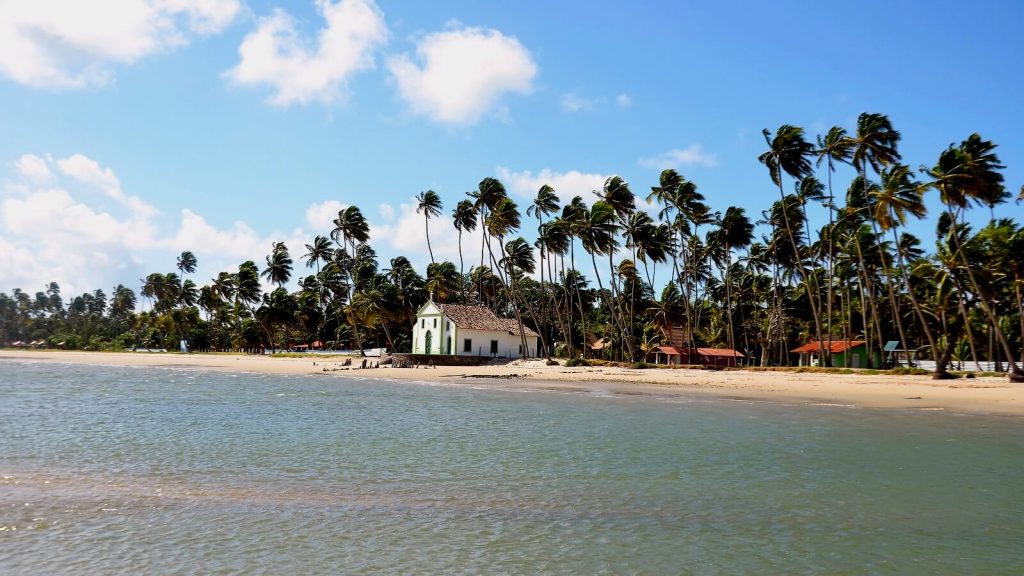
Situated in the state of Pernambuco, Praia dos Carneiros is a tranquil tropical paradise that often escapes the spotlight. Here, coconut palms sway lazily over warm, calm waters. It’s the perfect spot for leisurely swims, beachfront picnics, and exploration. Don’t miss the charming little church of São Benedito, adding a touch of historical and architectural allure to this serene beachfront setting. Praia dos Carneiros offers the opportunity to experience Brazil’s coastal beauty without the crowds.
The beach is known for its natural pools, formed by coral reefs, making it perfect for snorkeling. You can also take a boat ride to explore nearby mangroves and discover the rich marine life.
Playa Escondida, Colombia
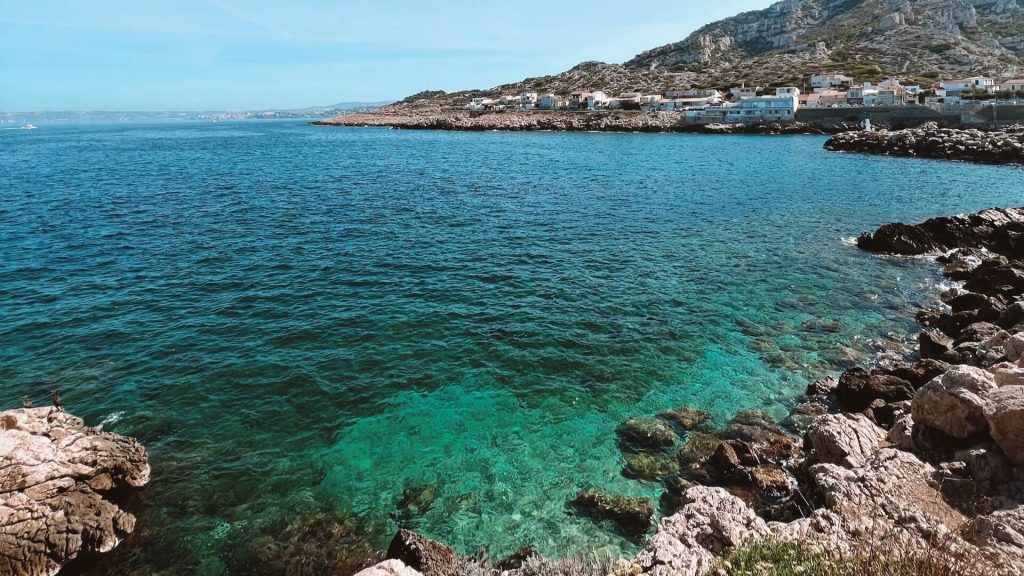
While Tayrona National Park in Colombia is known for its stunning beaches, Playa Escondida truly lives up to its name – “Hidden Beach”. You can access this secluded cove only by boat or by hiking through the lush jungle, where it reveals pristine sands and turquoise waters. It’s an excellent spot for snorkeling, with vibrant marine life waiting beneath the surface. The surrounding rainforest teems with wildlife, offering opportunities for nature enthusiasts to spot unique species in their natural habitat. Playa Escondida is a hidden gem within a hidden gem, tucked away within the boundaries of Tayrona National Park.
To preserve the natural beauty of Tayrona National Park, camping is not allowed at Playa Escondida. Visitors typically make a day trip to enjoy the beach and its surroundings.
Conclusion
While South American beaches like Copacabana and the Galapagos Islands have rightfully earned their fame, a world of hidden gems awaits along the continent’s extensive coastline. From the secluded shores of Playa Los Frailes in Ecuador to the rustic charm of Cabo Polonio in Uruguay, each of these hidden treasures offers a unique and unforgettable beach experience. So, the next time you plan a beach vacation, consider venturing off the beaten path to discover the untouched beauty of South American beaches. You’ll discover solitude, natural wonders, and a deeper connection to the coastal splendor of this diverse continent, rewarding your journey. Whether you are in search of serenity, eager to ride the waves, or simply desire a secluded stretch of sand, South American hidden gems offer it all, beckoning you to explore.
The post Unveiling the Hidden Gems of South American Beaches appeared first on Into Latina America.
]]>The post Exploring the Galapagos Islands: Where Evolution Comes to Life appeared first on Into Latina America.
]]>The Enchanted Isles: A Haven of Biodiversity
A Geological Masterpiece:
The Galapagos Islands owe their existence to powerful volcanic forces that shaped their dramatic landscapes. From the towering shield volcanoes of Isabela Island, such as Sierra Negra and Volcan Alcedo, to the black lava fields and lunar-like landscapes of Fernandina Island, the archipelago showcases a geological masterpiece.
The Isolated Oasis:
Situated around 1,000 kilometers off the coast of Ecuador, the Galapagos Islands have been geographically isolated for millions of years. This isolation has allowed for the evolution of unique and endemic species found nowhere else on Earth. It is a living testament to how isolation can shape and foster biodiversity.
Ecosystems in Harmony:
Despite their small size, the Galapagos Islands boast an astonishing range of ecosystems, from lush highland forests to arid coastal plains. Each island offers a distinct microcosm of life, with varying plant species adapted to their specific environments. It is this harmonious balance of ecosystems that has made the Galapagos a haven for evolutionary marvels.
Darwin’s Inspiration: Evolution in Action
Darwin’s Voyage of Discovery:
The Galapagos Islands gained international recognition when Charles Darwin, during his voyage aboard the HMS Beagle in 1835, observed the islands’ unique flora and fauna. Darwin’s observations played a pivotal role in the development of his groundbreaking theory of evolution through natural selection.
Natural Selection at Play:
The Galapagos Islands offer an extraordinary opportunity to witness the intricate workings of natural selection. The iconic Galapagos finches, with their diverse beak shapes, perfectly illustrate how variations in traits can lead to adaptive advantages in different environments. These subtle variations have driven the evolution of separate species of finches across the islands.
Endemic Species Galore:
One of the most remarkable features of the Galapagos Islands is the abundance of endemic species. From the iconic Galapagos giant tortoises, each with its own distinct shell shape and size, to the world’s only marine iguanas, which have adapted to feed on underwater algae, these species represent unique evolutionary journeys found nowhere else on Earth.
Meeting the Galapagos Giants
The Gentle Giants of the Sea: Galapagos Tortoises:
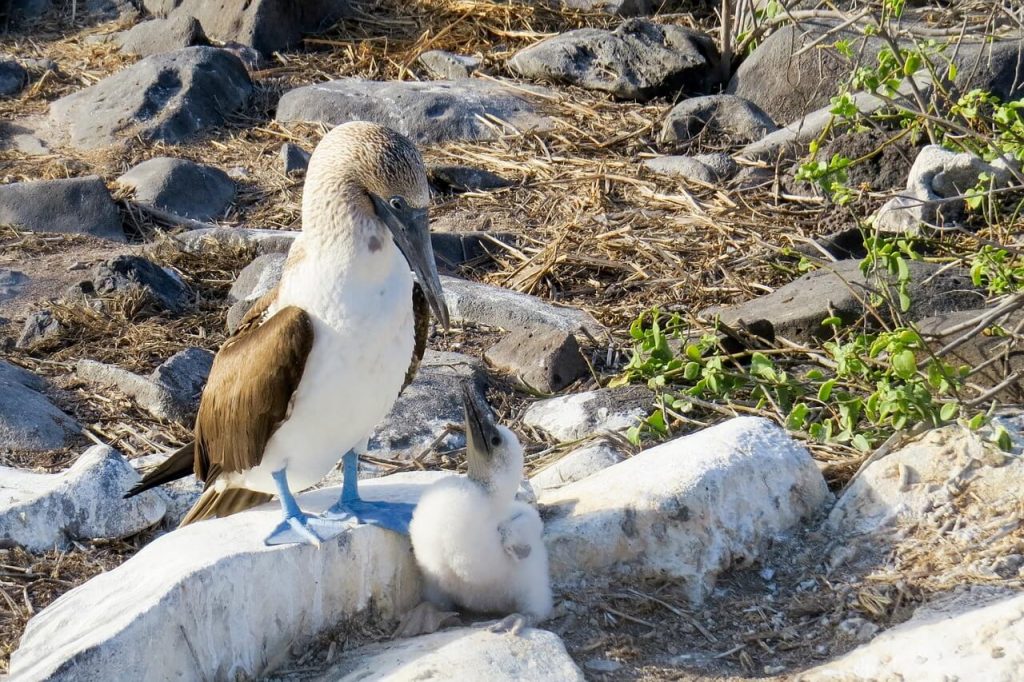
The Galapagos Islands are renowned for their giant tortoises, which can live for over a century. These gentle creatures symbolize the archipelago’s timeless beauty and serve as a living link to its ancient past. Encounter them in their natural habitat, and marvel at their slow and deliberate movements.
Marine Marvels: Galapagos Marine Iguanas:
Venturing into the pristine waters surrounding the islands, you’ll encounter the unique Galapagos marine iguanas. These remarkable reptiles have adapted to a marine lifestyle, diving into the depths to feed on marine algae. Witness them sunning themselves on rocky shores, their dark, prehistoric forms contrasting against the vibrant blue waters.
Blue-Footed Boobies: A Comical Spectacle:
Prepare to be charmed by the comical courtship dances of the famous blue-footed boobies. These iconic seabirds exhibit their vibrant blue feet as part of their elaborate mating rituals. Watching their intricate dances and witnessing their precise dives into the water to catch fish is a true spectacle of nature.
Exploring the Pristine Landscapes
Volcanic Marvels: Sierra Negra and Volcan Alcedo:
Embark on an exhilarating hike to the summit of Sierra Negra, one of the most active volcanoes in the Galapagos. Witness the vast caldera, an otherworldly expanse of hardened lava, and be amazed by the breathtaking panoramic views. Volcan Alcedo, with its lush cloud forests and tortoise habitats, offers a different perspective on the volcanic landscapes.
Magnificent Marine Reserves: Devil’s Crown and Gordon Rocks:
Plunge into the crystal-clear waters and discover the vibrant marine reserves that surround the islands. Dive into the underwater wonderland of Devil’s Crown, a submerged volcanic crater teeming with an abundance of marine life, including colorful fish, rays, and sharks. Gordon Rocks, known for its unique geological formations, offers thrilling encounters with hammerhead sharks and other pelagic species.
Postcard-Worthy Beaches: Gardner Bay and Tortuga Bay:
Indulge in the tranquility of the Galapagos’ pristine beaches. Lounge on the white sands of Gardner Bay, where sea lions bask lazily under the equatorial sun. Explore Tortuga Bay, a breathtakingly beautiful beach known for its turquoise waters and gentle waves, ideal for swimming, snorkeling, and observing marine iguanas.
Protecting a Natural Treasure
Conservation Efforts: Balancing Tourism and Preservation:
Recognizing the fragility of the Galapagos ecosystem, conservation efforts are crucial to protect its natural treasures. Strict regulations, such as visitor quotas and designated trails, ensure the delicate balance between tourism and preservation, safeguarding the islands for future generations.
Sustainable Tourism: Treading Lightly in the Galapagos:
Sustainable tourism practices are a key aspect of preserving the Galapagos Islands. Local tour operators and eco-lodges focus on minimizing their environmental impact, employing renewable energy sources, and promoting responsible travel behaviors. Visitors are encouraged to respect the fragile ecosystems and adhere to conservation guidelines.
Community Involvement: The Galapagos Conservation Trust:
Local communities play an essential role in the conservation efforts of the Galapagos Islands. The Galapagos Conservation Trust works closely with local residents, providing education and resources to promote sustainable practices. Supporting local initiatives and community-led conservation projects ensures the long-term protection of this natural treasure.
The Galapagos Islands are a testament to the remarkable power of evolution and the importance of conservation. Through its geological wonders, endemic species, and captivating landscapes, this remote archipelago continues to inspire and awe visitors from around the world. As we explore this living laboratory of evolution, let us embrace our responsibility to protect and preserve this delicate ecosystem. The Galapagos Islands are a sanctuary where evolution thrives, reminding us of the intricate beauty and interconnectedness of all life on our planet. Embark on this transformative journey, where nature’s extraordinary processes come to life, and immerse yourself in the timeless allure of the Galapagos Islands.
The post Exploring the Galapagos Islands: Where Evolution Comes to Life appeared first on Into Latina America.
]]>The post 5 best places to visit in South America appeared first on Into Latina America.
]]>South America has some of the most breathtaking scenery and diverse culture in the world. It offers travelers an unforgettable experience.
There are plenty of incredible travel opportunities in South America, including the Pantanal, in Brazil; the Iguassu Falls in Argentina; and so much more.
If you’re planning a trip to South America, then it’s important to seek out professional assistance from travel agents in South America. Regardless of which countries you want to visit, you should consider adding them to your destination wish lists.
1. Amazon
Amazon is the largest river system in the Western Hemisphere and one of the biggest rivers in the whole planet. It’s located in South America.

With an abundance of wildlife, the Pantanal region is one of the most important wildlife conservation areas in the world.
2. Machu Pichu
Are you hiring Latin American tour organizers? You may be intending to explore the sights of Latin America. Of all, Machu Piccu is a must see, one of the ancient places in Peru.

Located in the Andes mountains, Machu Picchu was built by the Incas as their holy city. It’s an amazing place full of mystery and intrigue. You can visit it through our travel agency.
3. Peninsular Valdes
Are you a wildlife enthusiast? Don’t miss out travelling to Peninsula Valdes. Its a 1,544 square kilometre sandy peninsula, thrusting around 62 kilometres eastward into the south Atlantic and is a true wildlife paradise with 249 kilometer coastline boasting stunning cliff tops, the sandy and pebbly beaches, etc.

4. The Galapagos
The Galapagos are located on either side of the equator in the Pacific Ocean (about 900 kilometers west of continental Ecuador). They are considered an unusual destination.

It has the most exotic wildlife concentrations including the worlds northernmost penguins, playful sea lions, the marine Iguana, blue-footed Boobies, giant tortoise, etc. Ecuador’s crowning gem, Galapagos Islands offer an unparalleled personal adventure with the natural environment that guarantees you to be awestruck, entertained, and inspired.
5. The Iguassu River
The Iguassu River is one of the largest rivers in South America. It has been called “the eighth wonder of the world.” One fall day, the river was so swollen because of heavy rain that it crashed through the rocks at the bottom of the gorge, creating the famous Iguassu waterfall.

Look out for the view from the Argentina side and take in “The Devil‘s Throat”—a gigantic, 262-feet tall, 49-feet wide horseshoe-shape gorge plunging into the Iguassú river.
The post 5 best places to visit in South America appeared first on Into Latina America.
]]>The post Venezuela is open for tourism – Is it safe? appeared first on Into Latina America.
]]>Now, many months later, Venezuela is back and open for tourism! As part of the gradual opening of the closure, many businesses can resume services, and domestic flights and intercity transfers can operate following security protocols.
Since September 1, limited international flights are being operated for Venezuelan citizens and diplomats. Foreigners are still not allowed to travel (at least to Caracas, the capital) and all arriving passengers must present a negative PCR COVID test report performed 72 hours prior to arrival.
It is said that in the coming months the Venezuelan government will introduce new security protocols and sanitary guidelines for tourist companies, finally trying to reopen its borders and allow tourism for all those who want to take a tour of its beautiful beaches.
But with the current situation that the country is living in conjunction with the large number of Venezuelans still infected with COVID, I have again asked myself very seriously if it is the right time to visit.
Opening tourism safely is the right thing to do, but without the right information, security, and infrastructure in place, it can backfire. There are still many unanswered questions regarding the opening of tourism in the country.
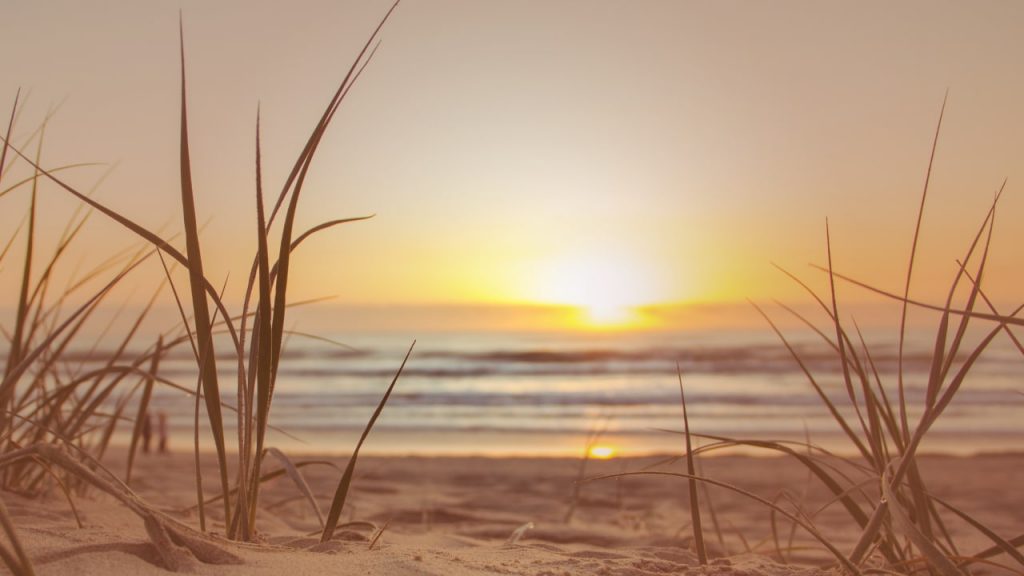
Tourism has been allowed since October 17, but no information has been officially announced about obtaining visas, the COVID test report, quarantine, hospitals, current crime situation, etc.
On the positive side, the coastal region of Venezuela does not seem to have many active cases of COVID. Very few cases have been reported in the Margarita and Los Roques region, however, as of today there are no active cases.
Venezuela is by history the nation of the most beautiful and busty women in the world, also boasts the Angel Falls and a large number of beaches with crystal clear waters and white sands. It is said that when everything was running normally in the country, more than 350,000 hikers visited the famous Angel Falls.
Unfortunately, according to tourism associations and organizations, almost 90% of confirmed reservations have been postponed even though tourism is allowed in Venezuela, there are still great security risks for tourists visiting.
Unless cases of violent crime are miraculously reduced and more COVID vaccinations are approved, travel may not return to normal anytime soon. Without safe protocols and guidelines, merely announcing the opening of tourism will not convince travelers to visit Venezuela’s beaches.
For now, it is prudent to assume that in the next few years there will not be many hikers, tourists, or mountaineers setting foot on Venezuela’s white sands to take a well-deserved vacation surrounded by beautiful busty women.
The post Venezuela is open for tourism – Is it safe? appeared first on Into Latina America.
]]>The post Colonial Towns and Salt Flats Bolivia Tour appeared first on Into Latina America.
]]>The post Colonial Towns and Salt Flats Bolivia Tour appeared first on Into Latina America.
]]>The post Machu Picchu and Amazon Tour appeared first on Into Latina America.
]]>The post Machu Picchu and Amazon Tour appeared first on Into Latina America.
]]>The post Machu Picchu and Lake Titicaca appeared first on Into Latina America.
]]>The post Machu Picchu and Lake Titicaca appeared first on Into Latina America.
]]>The post Lake Titicaca and Classic Inca Trail Trek appeared first on Into Latina America.
]]>The post Lake Titicaca and Classic Inca Trail Trek appeared first on Into Latina America.
]]>The post Classic Antarctica Tour appeared first on Into Latina America.
]]>The post Classic Antarctica Tour appeared first on Into Latina America.
]]>